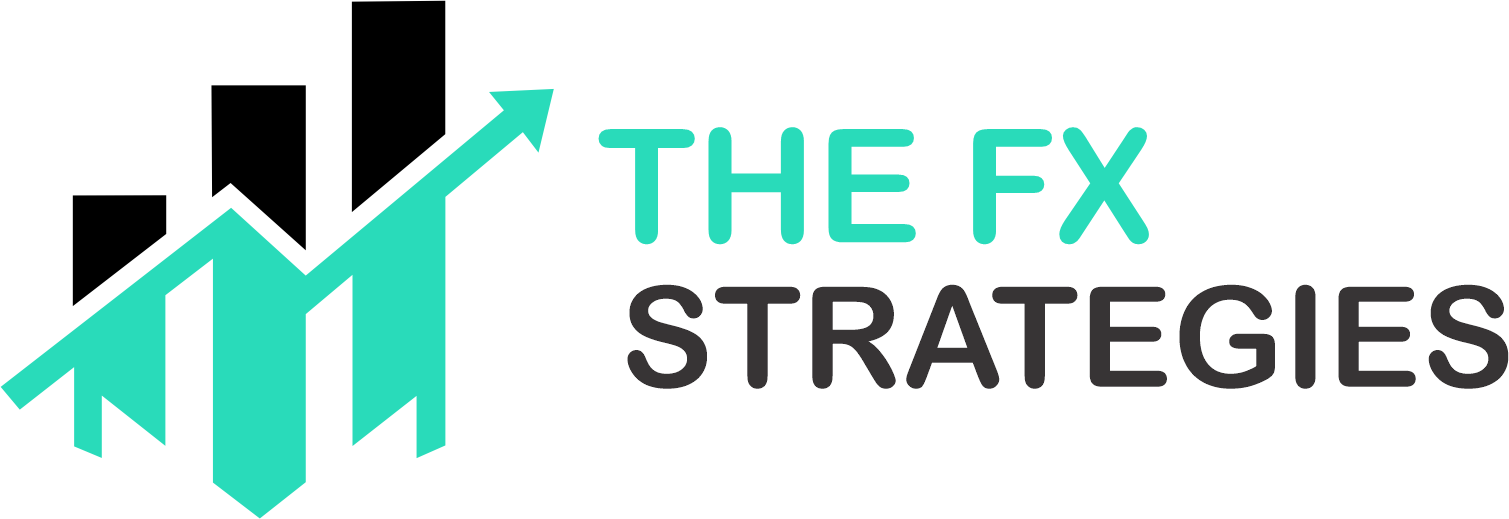In the world of Forex trading, algorithmic and quantitative strategies have gained tremendous popularity among both retail and institutional traders. These advanced methods leverage mathematical models, programming, and data analysis to execute trades with precision, speed, and efficiency. By removing human emotion and bias, algorithmic and quantitative strategies offer traders a structured and systematic approach to the market.
In this article, we’ll explore what algorithmic and quantitative strategies are, how they work, and how they can be used in Forex trading for consistent profits.
What Are Algorithmic Strategies?
Algorithmic trading, also known as algo-trading, refers to using computer programs or algorithms to automatically execute trades based on pre-set conditions. These conditions are determined by the trader and can be based on various factors such as market data, technical indicators, price action, or economic events.
Key Characteristics of Algorithmic Trading:
- Automation: Algorithms are designed to automatically enter, modify, or exit trades based on predefined criteria without requiring manual intervention.
- Speed: Algo-trading systems can execute trades in milliseconds, allowing traders to capitalize on market opportunities faster than manual traders.
- High Frequency: Algorithmic strategies are often designed for high-frequency trading, meaning multiple trades can be executed within a short time.
- Backtesting: Algorithms can be tested on historical data to evaluate their performance before being deployed in live markets.
What Are Quantitative Strategies?
Quantitative trading (or quant trading) involves using mathematical models and statistical techniques to identify profitable trading opportunities. Quantitative strategies rely on analyzing large datasets, such as historical price data, volume, and other market indicators, to identify patterns or trends that can be exploited.
Key Characteristics of Quantitative Trading:
- Data-Driven: Quantitative strategies rely on large amounts of data, using statistical models and algorithms to analyze trends and make decisions.
- Mathematical Models: Traders use complex mathematical models, including regression analysis, Monte Carlo simulations, and stochastic processes, to forecast market behavior and make decisions.
- Systematic Approach: Quantitative strategies are highly systematic and aim to eliminate emotional decision-making by relying on data and algorithms.
How Algorithmic and Quantitative Strategies Work in Forex Trading
Both algorithmic and quantitative strategies can be used in Forex trading to identify trends, predict price movements, and execute trades. Here’s a closer look at how each of these strategies operates in Forex markets:
1. Trend Following Strategies
A trend-following algorithm is designed to identify and capitalize on sustained trends in the market. These algorithms look for specific price patterns, moving averages, or other trend indicators to determine the direction of the market and initiate trades.
- Example: An algorithm might use a 50-period moving average (MA) crossing above a 200-period MA to signal a long trade in a trending market.
- Quantitative Approach: A quantitative strategy may use regression analysis to identify and model long-term trends and predict future price movements based on past data.
2. Mean Reversion Strategies
Mean reversion strategies assume that price will eventually revert to its mean or average over time. These algorithms look for situations where the price has deviated significantly from its average and anticipate that it will return to the mean.
- Example: A simple mean reversion strategy might be based on a Bollinger Bands setup. If the price hits the upper Bollinger Band, the algorithm might sell, expecting the price to revert to the moving average.
- Quantitative Approach: Quantitative strategies may use statistical models to estimate the mean or expected price level and trade when the price significantly deviates from that mean.
3. Arbitrage Strategies
Arbitrage strategies take advantage of price discrepancies between related currency pairs or markets. Algo-trading systems can automatically detect and exploit these price differences, profiting from them without market risk.
- Example: A simple triangular arbitrage strategy might exploit discrepancies in currency exchange rates between three currency pairs. If the exchange rates are misaligned, the algorithm buys and sells currencies in different markets to lock in a risk-free profit.
- Quantitative Approach: A quant strategy may use statistical arbitrage to identify short-term price inefficiencies between correlated currency pairs or markets.
4. News-Based Trading Algorithms
News-based algorithms are designed to react to economic data releases, geopolitical events, or market-moving news. These algorithms analyze news feeds, economic reports, and even social media to identify and trade based on market reactions.
- Example: A trading algorithm might automatically buy a currency pair when the U.S. Non-Farm Payrolls (NFP) report comes in stronger than expected, or sell when geopolitical tensions increase in a particular region.
- Quantitative Approach: Quantitative strategies can incorporate sentiment analysis and natural language processing (NLP) to assess the potential impact of news events and make data-driven decisions based on these reports.
5. Statistical Arbitrage Strategies
Statistical arbitrage (StatArb) involves using mathematical models to identify short-term price inefficiencies between currency pairs or related instruments. This strategy relies heavily on statistical analysis, mean reversion, and machine learning techniques.
- Example: A quantitative model might identify that EUR/USD and GBP/USD typically move in a highly correlated manner, and when this correlation diverges beyond a certain threshold, it signals a trade opportunity.
- Advanced Quant Techniques: Statistical arbitrage strategies often involve pair trading, where one currency is bought and another sold based on historical correlation and the probability of mean reversion.
Advantages of Algorithmic and Quantitative Strategies
1. Emotion-Free Trading
Both algorithmic and quantitative strategies take emotion out of the equation. Traders are no longer influenced by fear, greed, or market rumors. The algorithm follows a set of predefined rules, ensuring a consistent and disciplined approach.
2. Speed and Efficiency
Algorithms can execute trades at speeds and frequencies that are impossible for humans to replicate. This allows traders to capitalize on short-term market inefficiencies and seize opportunities that only exist for a fraction of a second.
3. Backtesting and Optimization
One of the significant advantages of using algorithms and quantitative models is the ability to backtest them using historical data. This allows traders to evaluate the performance of their strategy before committing real capital. Additionally, algorithms can be optimized over time to improve their effectiveness and adapt to changing market conditions.
4. Diversification
Using multiple algorithms or quantitative strategies allows traders to diversify their portfolios. By spreading risk across various strategies, traders can reduce the impact of any single losing trade and improve the overall profitability of their portfolio.
Risks of Algorithmic and Quantitative Strategies
1. Overfitting
One of the primary risks with quantitative strategies is overfitting. This occurs when a model is excessively tuned to past data, leading it to perform well in backtesting but poorly in live trading.
2. Market Changes
Algorithmic strategies are typically designed based on historical data. If market conditions change significantly (e.g., new economic policies, market structure changes), the algorithm may become less effective, and the trader may suffer losses.
3. System Failures
Algorithms depend on reliable systems and infrastructure. Any technical failure, such as connectivity issues or server downtime, can result in missed trades or poor execution.
4. High Costs and Complexity
Developing and maintaining algorithmic or quantitative strategies can be expensive. The costs of data feeds, trading platforms, and infrastructure can add up, and the complexity of these systems requires ongoing management and optimization.
Conclusion: Implementing Algorithmic and Quantitative Strategies
Algorithmic and quantitative strategies offer significant advantages for Forex traders looking to capitalize on market inefficiencies and reduce human bias. By automating trading processes, traders can enhance their ability to spot opportunities, manage risk, and execute trades faster than ever before.
However, while these strategies offer powerful tools, they are not without risks. It’s essential for traders to backtest thoroughly, manage risks effectively, and continuously optimize their systems to ensure long-term success. If implemented correctly, algorithmic and quantitative strategies can lead to a more systematic and profitable approach to Forex trading.


